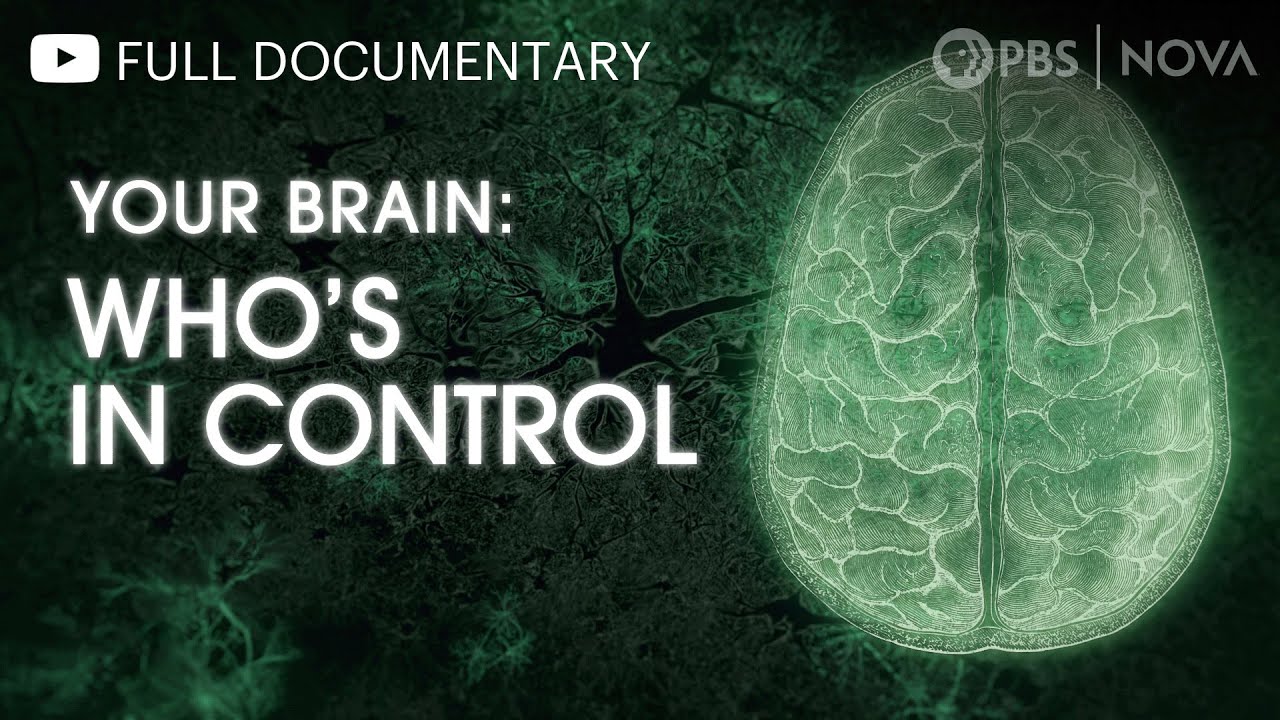Super Humanity | Transhumanism
Summary
TLDR这段视频脚本探讨了大脑的无限潜能和神经科学领域的未来。它描述了人类对于控制大脑功能以增强学习、记忆和感知能力的愿望,以及与人工智能建立共生关系的可能性。视频中提到了大脑与网络连接可能对我们决策自主性的影响,以及通过神经影像技术如功能性磁共振成像(fMRI)对大脑进行非侵入性研究的进展。此外,还讨论了脑机接口(BCI)技术在治疗瘫痪和其他神经性疾病中的应用,以及这些技术可能对社会结构和人类认知能力的影响。最后,强调了制定伦理指南以保护个人免受神经技术滥用的重要性,并对未来人类与人工智能共存的世界进行了展望。
Takeaways
- 🧠 大脑的潜力:未来可能实现对大脑更深层次的控制,从而增强我们的感知能力,比如看到紫外线或听到超声波。
- 📈 记忆增强:未来技术可能允许我们记住比正常情况下更多的事情,增强记忆力。
- 🤖 人工智能合作:实现人机共生关系,模糊物理、数字和生物世界的界限,形成一体化的人类有机体。
- 🧪 决策与网络:探讨了当大脑连接到网络和计算机云时,决策的自主性问题。
- 🧬 大脑的复杂性:强调了大脑的复杂性,拥有约100亿个神经元和数万亿的连接,是一个动态变化的复杂网络。
- 🌐 虚拟现实假说:大脑可能一直在生成虚拟现实,即我们头脑中的世界模型。
- 🔬 神经科学的进步:通过神经影像技术,我们对大脑的了解在过去15年中超过了整个人类历史。
- 💡 光遗传学:使用光遗传学技术,可以控制神经元的活动,这是当前神经科学研究中的一项重要技术。
- 🚀 脑机接口(BCI):BCI技术允许大脑与机器直接交流,正在治疗瘫痪和其他神经系统疾病中取得进展。
- 🌟 神经技术公司:新兴的神经技术公司正在开发新的方法来干预心理过程,并可能在未来改变我们的日常生活。
- ⚖️ 伦理和神经权利:强调了制定伦理指导方针以保护个人免受神经技术和人工智能滥用的重要性。
Q & A
为什么我们想要更多地控制大脑的能力?
-我们想要更多地控制大脑的能力,因为这样可以让我们有更多的选择权,决定我们学习的内容、学习的方向,以及如何利用学到的知识。此外,我们也希望大脑能体验到目前无法感知的事物,比如感知紫外线或听到超声波,或者提高记忆力。
什么是人本智能?
-人本智能是由已故的马文·明斯基提出的一个概念,指的是创造一个与人工智能共生的环境,我们的身体、数字和生物世界将不再作为独立的部分存在,而是成为整合的、一体化的人类有机体的无缝部分。
如果我们的大脑连接到网络,那么决策是由谁做出的?
-如果我们的大脑连接到网络,并且有算法参与我们的决策过程,那么决策的主体将变得模糊。这涉及到一个哲学问题,即自由意志与决定论的辩论,以及技术如何影响我们的自主性和个人决策。
为什么理解大脑的工作原理对我们来说很重要?
-理解大脑的工作原理对我们来说很重要,首先,它关系到我们作为人类的定义,因为我们是由我们的思想定义的,而不是我们的身体。其次,对于临床患者来说,理解大脑的工作机制是帮助他们解决精神和神经疾病的关键。最后,这对技术和经济也至关重要,因为大脑的计算方式可能比我们现在使用的数字计算机更有效和强大。
大脑的复杂性表现在哪些方面?
-大脑的复杂性表现在其拥有大约1000亿个神经元和数万亿的连接,这些神经元在一个不断变化的动态网络中运作。大脑是我们所知的宇宙中最复杂和最神秘的地方,是情感、思想和记忆产生的地方,也是我们不懈寻求自我理解的地方。
神经影像技术如何帮助我们更好地理解大脑?
-神经影像技术,如功能性磁共振成像(fMRI),允许我们在非侵入性的方式下观察大脑内部的活动。这些技术使我们能够看到大脑在体验感觉和情感时的内在功能,发现不同大脑区域之间的相互作用,以及在执行特定任务时哪些大脑区域的活动会增加。
脑机接口(BCI)是什么,它如何帮助治疗瘫痪等疾病?
-脑机接口(BCI)是指在大脑内部处理过程和机器或其他设备之间建立连接的任何技术。BCI技术可以帮助解码大脑信号,并将其转换为机器可以理解的命令。在治疗瘫痪等疾病方面,BCI技术允许患者通过脑电波控制机器人外骨骼或其他辅助设备,从而恢复运动能力。
神经技术公司正在开发哪些类型的项目,它们将如何影响我们的日常生活?
-神经技术公司正在开发的项目主要集中在帮助患有不同类型的脑损伤或神经疾病的患者。然而,未来这些技术的进步很可能会转化为我们的日常生活中,从而根本改变我们彼此互动的方式,甚至我们理解世界的方式。
为什么我们需要对神经技术和人工智能的发展设立伦理指导原则?
-由于神经技术和人工智能的强大潜力,它们可能会被滥用,从而侵犯个人的隐私和自由意志。因此,我们需要设立伦理指导原则来保护个人的心理健康、身份认同和自主权,确保这些技术被用于促进人类福祉,而不是被用于伤害或控制人们。
什么是“神经权利”?
-“神经权利”是指保护个人免受神经技术和人工智能滥用的新权利。这包括保护人们的心理隐私,即我们的思想、甚至我们自己都未察觉的潜意识思想,以及当我们通过脑机接口与计算机连接时的自我感和代理感。
为什么说我们正处于神经科学的新时代?
-我们正处于神经科学的新时代,因为当前的技术进步使我们能够以前所未有的方式探索和理解大脑。这些技术不仅有望治疗神经疾病,还可能增强人类的认知能力,甚至改变我们体验和感受世界的方式。
Outlines

This section is available to paid users only. Please upgrade to access this part.
Upgrade NowMindmap

This section is available to paid users only. Please upgrade to access this part.
Upgrade NowKeywords

This section is available to paid users only. Please upgrade to access this part.
Upgrade NowHighlights

This section is available to paid users only. Please upgrade to access this part.
Upgrade NowTranscripts

This section is available to paid users only. Please upgrade to access this part.
Upgrade NowBrowse More Related Video

Ilya Sutskever | AI will be omnipotent in the future | Everything is impossible becomes possible

Ilya Sutskever | AI neurons work just like human neurons | AGI will be conscious like humans

Ilya Sutskever: Deep Learning | Lex Fridman Podcast #94

Geoffrey Hinton | Ilya's AI tutor Talent and intuition have already led to today’s large AI models

Ilya Sutskever | The future of AGI will be like what you see in the movies

Your Brain: Who's in Control? | Full Documentary | NOVA | PBS
5.0 / 5 (0 votes)
